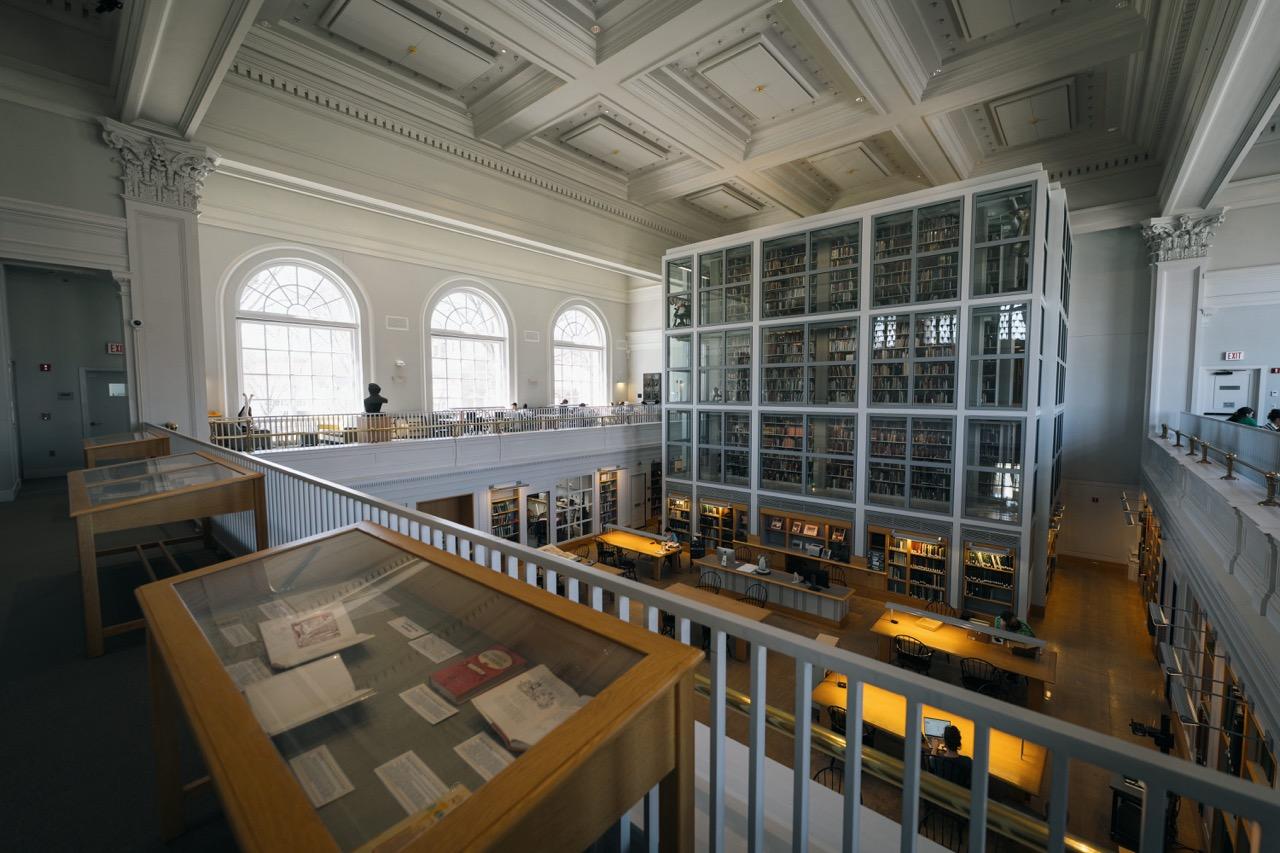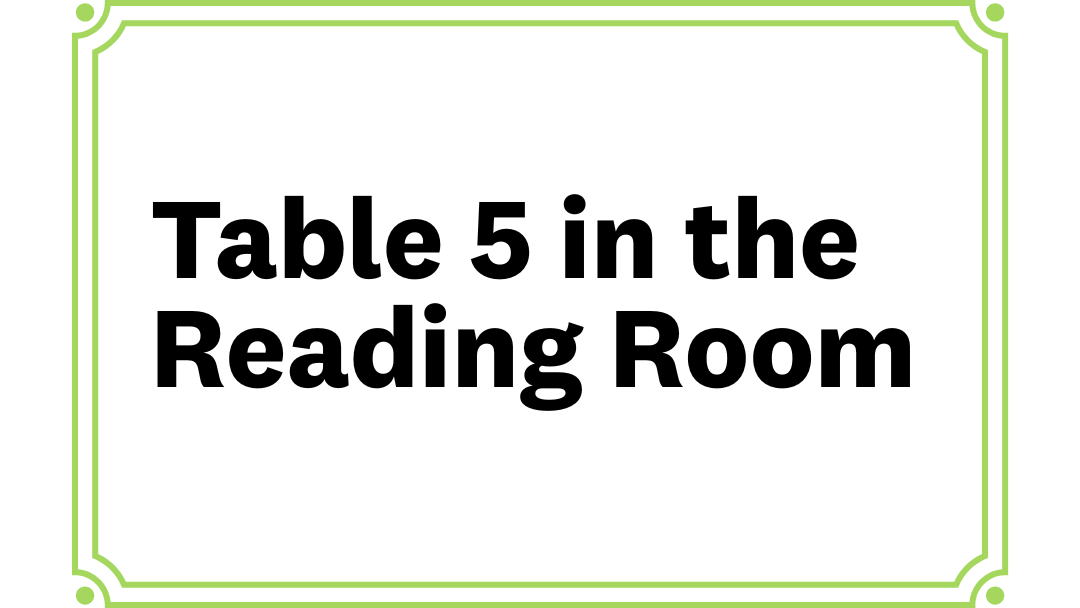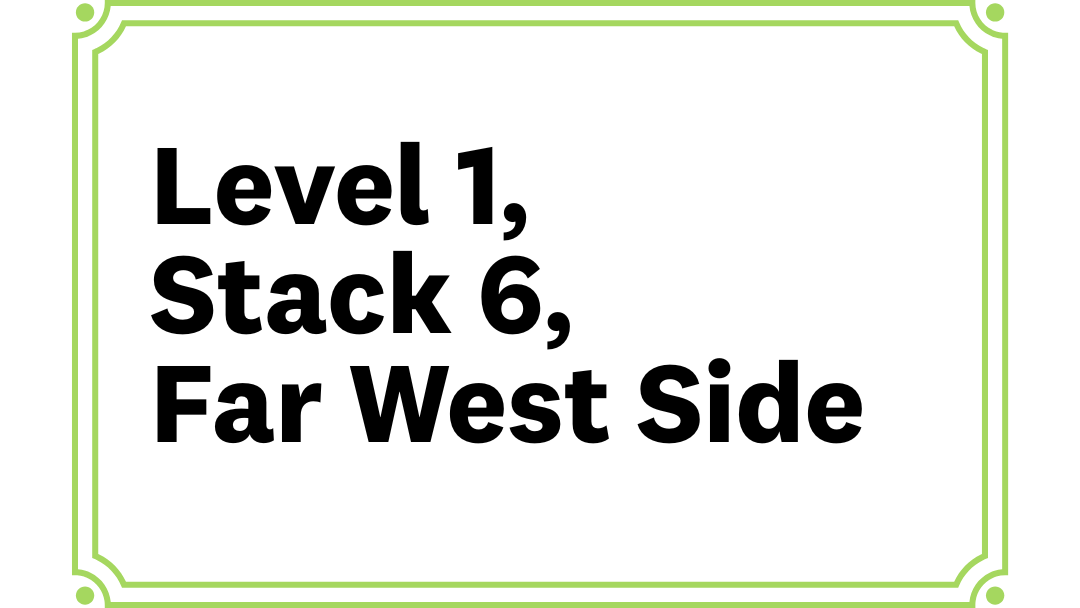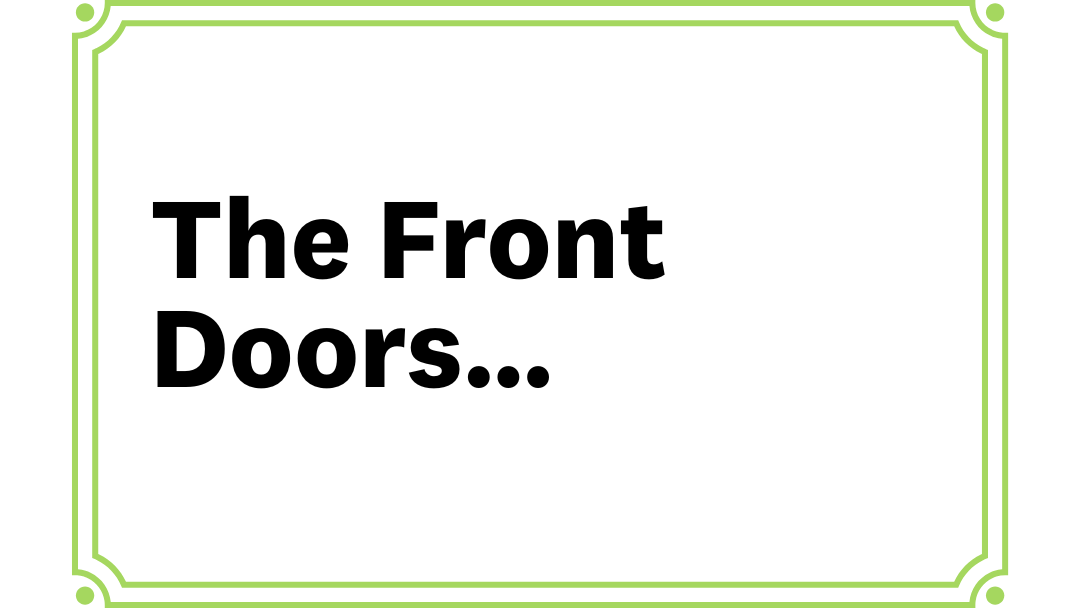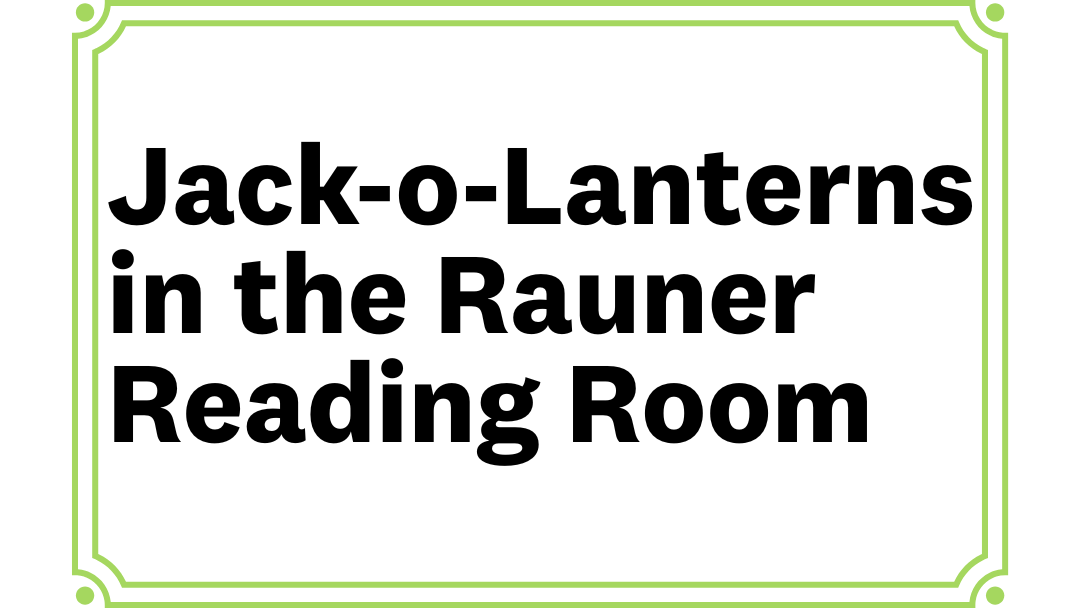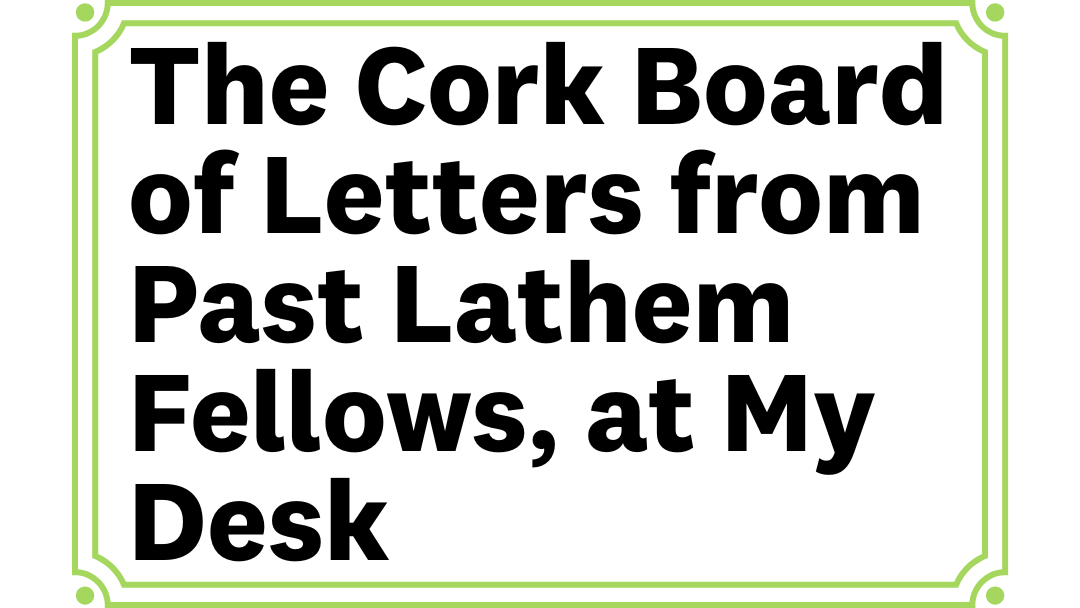My favorite table, despite Peter Carini’s gentle campaign to get me to branch out.
During my Historical Accountability Fellowship in spring 2023, I spent most of my time at Table 5. I sat in that east-side chair facing the front doors, immersed in the quiet hum of archival research. There, I sifted through files, student publications, photographs, and correspondence.
By then, Dartmouth had been shaping me for over two years. And in those ten weeks at Table 5, I began to understand how it had shaped generations of students before me. After extended stints in the archives, I realized that my research was transforming my perception of the school: buildings and spaces I once passed without a second thought now made me think of events that took place forty or fifty years ago. For the first time, I recognized that every corner of campus was layered with history, invisible to most.
Six years ago, my mom and I found ourselves at Table 5 after a campus tour guide recommended we stop by Rauner to check out “something cool.” I was a junior in high school and a prospective student. I was intrigued.
For a few hours, my mom and I flipped through Maxfield Parrish’s papers and a Robert Frost notebook. I decided I would attempt to transcribe parts of Frost’s illegible scrawl. When Jay Satterfield noticed what I was doing, he popped out of his office to offer me a book of official Frost transcriptions to compare.
All I could think was: This is awesome. Dartmouth students do this every day?
At the time, I never imagined I’d end up graduating from Dartmouth—let alone spending my first year after graduation working at Rauner. At that point, all I knew was that I had decided that my “Why Dartmouth” admissions essay would be about Rauner Special Collections.
Cheers to serendipity.
